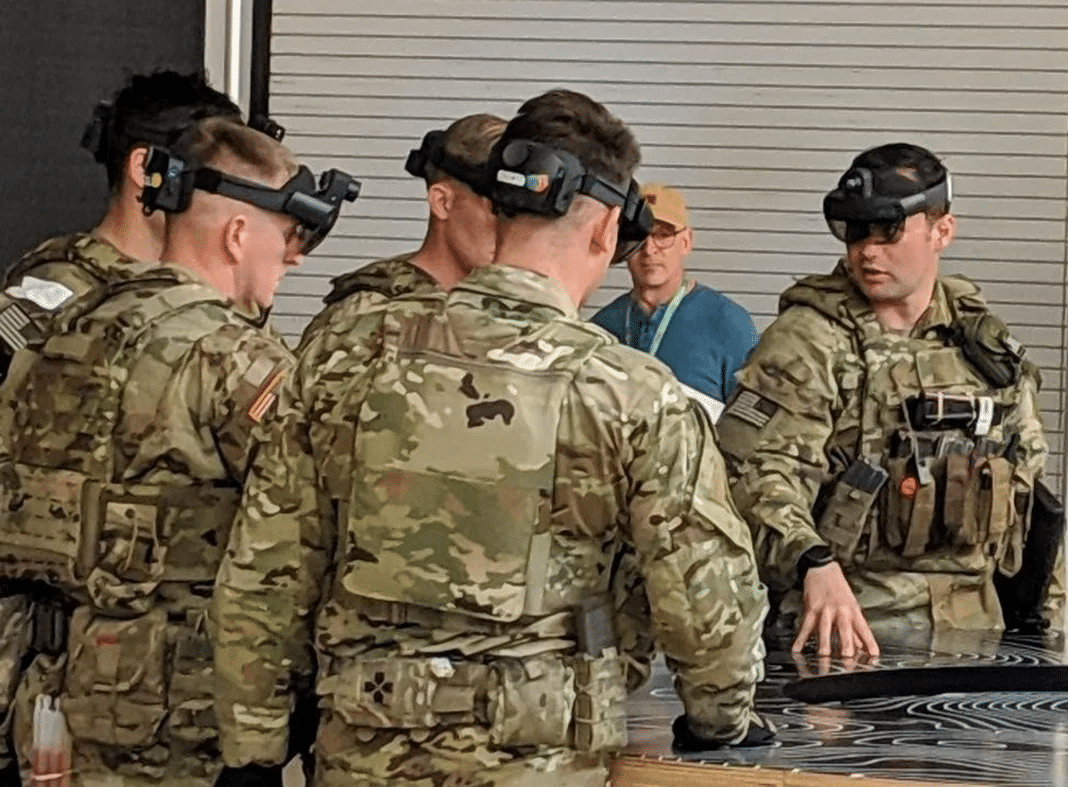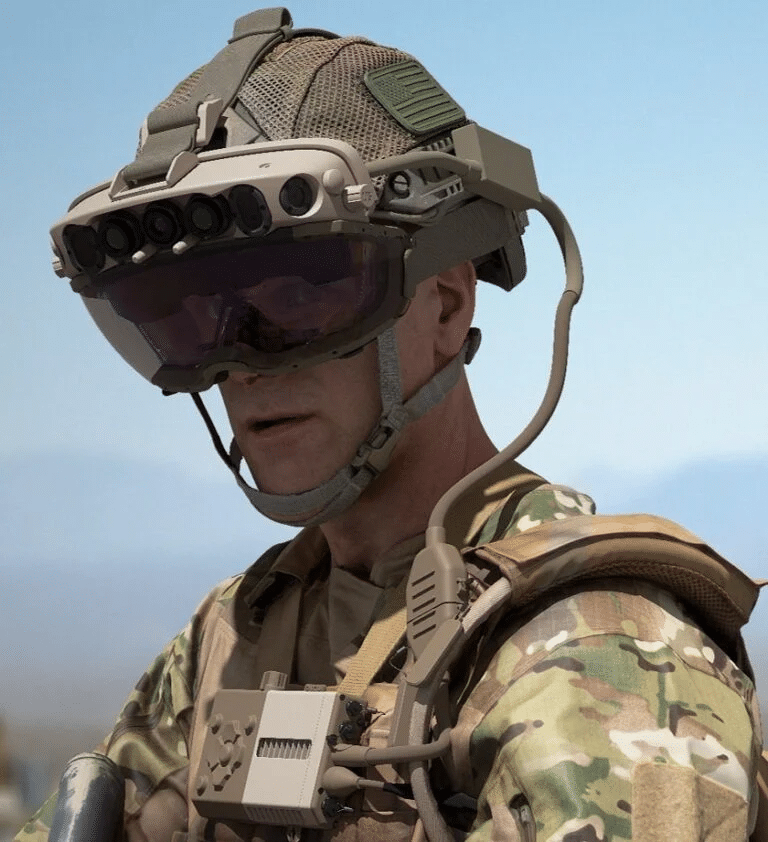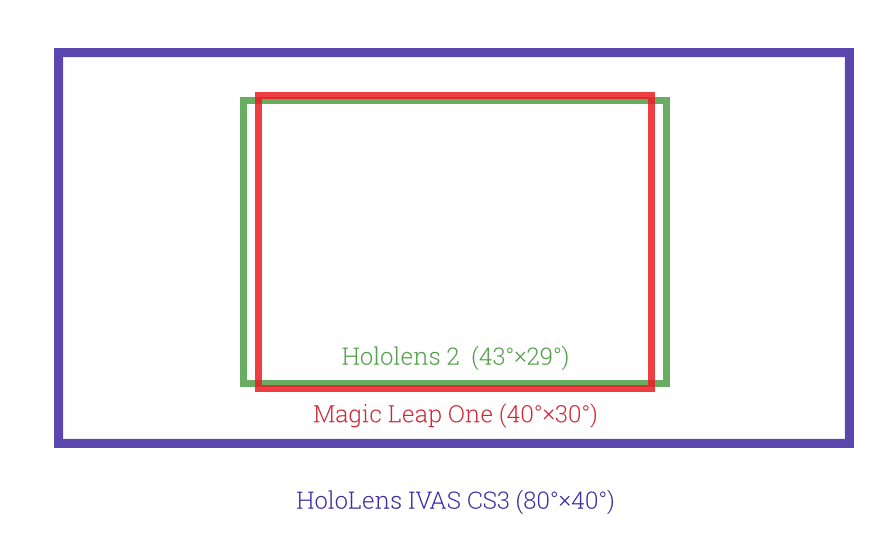Microsoft won a large US Army contract to supply advanced AR headsets for frontline soldiers, based on the HoloLens platform.
The US Army’s Integrated Visual Augmentation System (IVAS) program aims to equip infantry with AR helmets for situational awareness and convenient display of sensor outputs.
The contract is worth up to $21.88 billion over 5-10 years. While the order has been widely reported as 120,000 units, a US Army statement to Breaking Defence suggests that is the maximum, not a fixed quantity.

In 2018 Microsoft won the $480 million evaluation contract for just over 2500 units, based on HoloLens 2 with some modifications and an extra sensor.

The evaluation found the hardware not rugged enough for military use, and identified problems with the sensors at night. Since then the hardware has been significantly upgraded. It’s more ruggedized and houses many more sensors.
The field of view has been significantly increased from roughly 40°x30° to 80°x40°. That’s wider than any other see-through AR headset on the market.

Reported potential use cases for the headset include:
- overlaying icons on friendly units, objectives, threats, and points of interest
- built-in night vision & thermal view modes
- live picture-in-picture feeds from drones, including the Soldier Borne Sensor (SBS) personal drone
- simulated weapons & enemies for training exercises
- scanning nearby people for high temperature (COVID-19)
- facial recognition for hostage rescue situations
The Army is also testing integrations with vehicles, such as soldiers being able to see-through the walls of the armored vehicle carrying them, so on dismounting they’ll be situationally aware.
Some Microsoft employees have protested providing technology for the military. That’s unlikely to have any effect given the enormous potential value of the contract.
IVAS is still in the late testing & evaluation stage, and the scale of deployment will depend on future budgets. But if things go to plan, it sounds like all frontline soldiers could be equipped with these AR capabilities by the end of the decade.

























